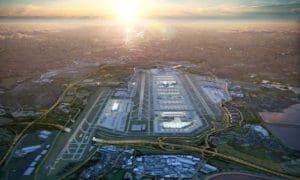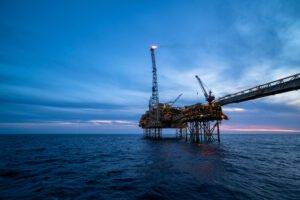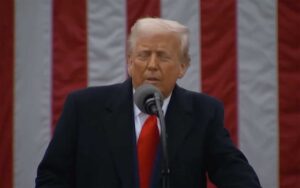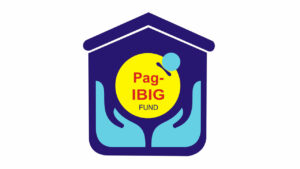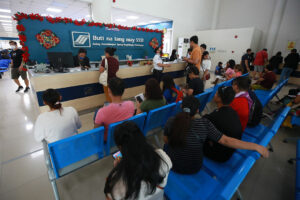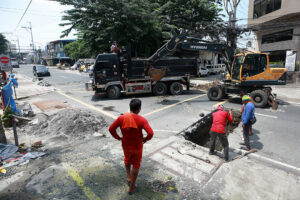By Aubrey Rose A. Inosante, Reporter
STATE SPENDING on infrastructure slumped in April due to the election ban on disbursements for public works projects, the Department of Budget and Management (DBM) said.
In its latest disbursement report on Tuesday, the DBM reported that spending on infrastructure and other capital outlays declined by 27.8% to P85.8 billion in April from P118.9 billion in the same month last year.
“This was due mostly to the muted infrastructure spending of the Department of Public Works and Highways (DPWH), resulting from election-related prohibition on public spending for specific activities, goods, or services, as well as lower volume of contractor billings,” the DBM said.
Government agencies likely frontloaded and accelerated the implementation of infrastructure projects earlier this year, the DBM said.
The Commission on Elections implemented a 45-day ban on the release, disbursement or expenditures of public funds from March 28 to May 11.
The elections were held on May 12.
The DBM also attributed the decline in infrastructure spending to lower direct payments for foreign-assisted rail projects of the Department of Transportation, as well as the releases for local counterpart funds.
These rail projects include the South Commuter Railway Project and the Metro Manila Subway Project.
For the first four months of the year, infrastructure spending rose by 3.6% to P347.6 billion from P335.7 billion in the same period in 2024.
The DBM attributed the increase in infrastructure spending to the “robust spending performance of the DPWH for the implementation of various infrastructure projects, right-of-way settlements, and payment of progress billings (i.e., partially completed works) and accounts payables.”
Meanwhile, overall infrastructure disbursements inched up by 2.4% to P419.4 billion in the January-to-April period from P409.7 billion a year ago.
This includes infrastructure components of subsidy/equity to government corporations and transfers to local government units.
Analysts said infrastructure spending will likely pick up in the next few months.
“We may expect infrastructure spending to continue ramping up to boost the economy both through higher spending and employment in the construction sector, but also better economic activity comes with better infrastructure,” Oikonomia Advisory & Research, Inc. economist Reinielle Matt M. Erece said.
Budget Secretary Amenah F. Pangandaman earlier said infrastructure-related disbursements would likely increase after the election ban ended.
Rizal Commercial Banking Corp. Chief Economist Michael L. Ricafort said government spending, particularly on infrastructure, would be a major contributor to overall economic growth.
“Infrastructure spending has been prioritized and increased in recent years to 5%-6% of GDP (gross domestic product), much higher vs. below 2% of GDP about 20-30 years ago,” he said in a Viber message.
For this year, the government’s infrastructure program is set at P1.538 trillion, equivalent to 5.4% of total output.
The Development Budget Coordination Committee earlier said infrastructure spending will be sustained at 5-6% of GDP annually.
